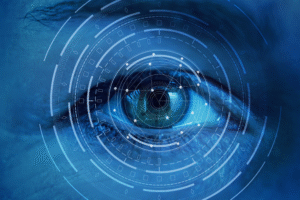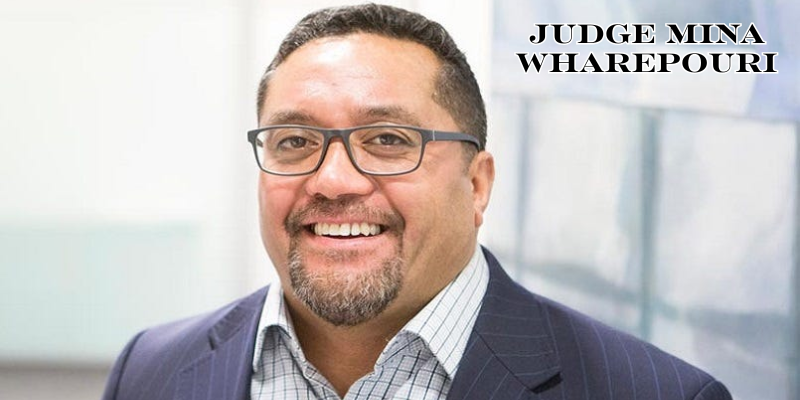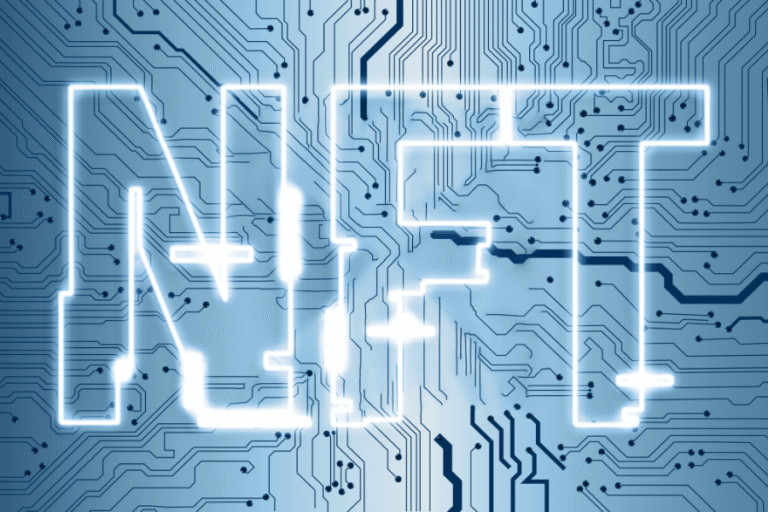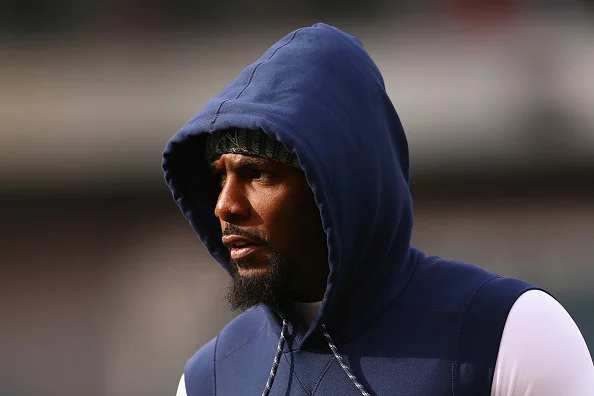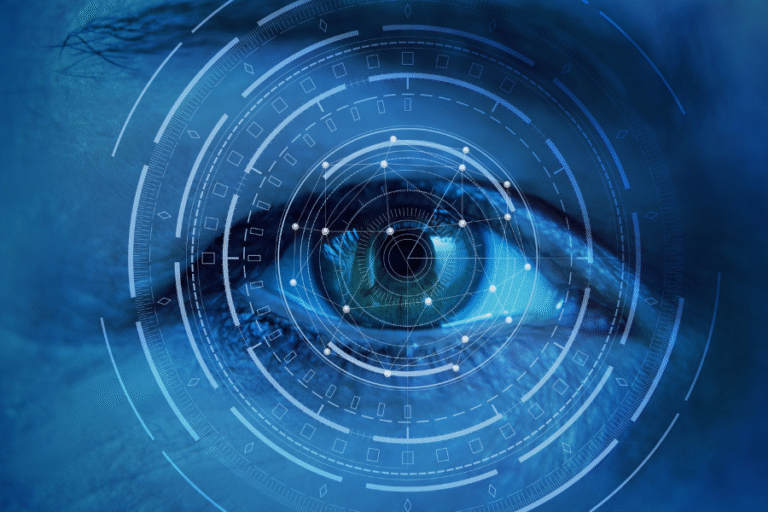Judge Mina Wharepouri is a strong advocate for justice, emphasizing the importance of fairness and equality for all individuals. She is committed to ensuring that everyone has access to the same rights, which fosters a society grounded in respect. Her dedication to these fundamental values shapes her work and influences the communities she serves.
Judge Mina Wharepouri prompts us to reflect on what distinguishes a truly great judge. It’s her unwavering dedication to fairness and her desire to assist others that stand out. She embodies the essence of a devoted and just judge, setting a high standard for her peers.
Judge Mina Wharepouri is well-known for her commitment to justice and fairness. She works diligently to guarantee that everyone, particularly those who are most vulnerable, is treated equally. Her impact in the legal field serves as an inspiration to many.
A Historical Perspective on Justice and Equality
History and Development
The idea of justice has deep historical roots, tracing back to ancient civilizations such as those that created the Code of Hammurabi and the legal frameworks of Rome and Greece. While equality was not always a focal point, it emerged as a significant societal aspiration during the Enlightenment and was further championed by various civil rights movements.
- Magna Carta (1215): One of the first documents advocating for equitable treatment within the legal system.
- US Constitution (1787): Fundamental principles of justice and equality that continue to shape contemporary legal systems.
- Universal Declaration of Human Rights (1948): A crucial document that establishes international benchmarks for justice and equality.
Important Legal Turning Points
Numerous significant legal milestones have created a foundation for justice and equality to thrive in today’s societies:
- The end of slavery during the 19th century.
- Movements advocating for women’s right to vote.
- The civil rights movement of the 1960s.
Justice vs. Equality: Understanding Fair Treatment and Equal Treatment
Justice ensures fair treatment by considering the individual circumstances of each person. This method strives to achieve balanced and equitable outcomes for everyone involved. For instance, in the realm of criminal justice, sentencing often considers factors like intent and previous behavior. In contrast, equality focuses on providing equal opportunities for all, regardless of their backgrounds, guaranteeing that every individual has the same access to resources, rights, and legal protections.
How They Cooperate
In real-world applications, justice and equality frequently overlap. For example, restorative justice aims to rehabilitate offenders while also promoting equality by making sure that marginalized individuals are not unfairly affected by legal penalties.
Contemporary Legal Systems Supporting Justice and Equality
International and National Law
In contemporary legal systems, justice and equality are upheld through a blend of national and international laws.
- Laws against discrimination: Safeguard individuals from discrimination due to race, gender, age, or disability.
- Human rights charters: International agreements, like the UN Human Rights Council, aim to establish global standards for justice and equality.
The Judiciary’s Function
Courts are essential in upholding justice and equality. Judges interpret and enforce laws, frequently deciding cases that assess whether justice has been administered fairly and equitably. Judges such as Mina Wharepouri embody the judiciary’s dedication to advancing these principles.
You May Also Like: Meet the Press S76E49
Obstacles in the Way of Justice and Equality
Systemic Prejudice
Despite existing legal frameworks, bias continues to pose a significant challenge. Racial, gender, and economic disparities can result in unfair outcomes, where marginalized groups often face disproportionate treatment.
Economic and Social Inequalities
In numerous societies, wealth and social status significantly impact access to legal representation, leading to disparities in justice. Individuals with fewer financial resources often find it challenging to obtain the same quality of representation as their wealthier counterparts, reinforcing existing inequalities.
Limitations of the Legal System
Insufficient resources in courts, like overcrowded dockets and underfunded public defenders, often hinder the legal system’s ability to guarantee both justice and equality for everyone. Consequently, many individuals may not receive the legal representation they are entitled to. Additionally, these limitations can cause significant delays in legal proceedings, further compromising the fairness of the system.
The Role of Restorative Justice in Equality
Definition of Restorative Justice
Restorative justice offers an alternative way to address criminal behavior by emphasizing the rehabilitation of offenders through reconciliation with victims and the community. This approach encourages community involvement and seeks to tackle the root causes of criminal actions rather than solely focusing on punishment.
Social Healing and Restorative Justice
Restorative justice emphasizes repairing harm, providing a more compassionate and equitable approach to justice, particularly for marginalized communities. For example, many Indigenous populations favor this method as it resonates with their cultural traditions of healing and community restoration. Additionally, restorative justice addresses the needs of victims while promoting accountability among offenders.
Famous Cases That Influenced Equality and Justice
Case Study 1: The American Civil Rights Movement
The Brown v. Board of Education case was a pivotal ruling that ended racial segregation in public schools in the United States, advancing racial equality in education.
Case Study 2: Legal Gender Equality
The Reed v. Reed case in the 1970s represented a significant turning point for gender equality, declaring that arbitrary gender discrimination in the law was unconstitutional.
Case Study 3: Equality and Indigenous Rights
Recent court decisions in New Zealand have improved the rights of Indigenous populations, guaranteeing them equal access to land and legal protections.
Judges’ Contribution to the Advancement of Justice and Equality
Comparing Judicial Restraint and Judicial Activism
Judicial activism involves judges playing an active role in shaping the law, often interpreting the constitution in a broad manner to promote justice and equality. On the other hand, judicial restraint favors a more conservative approach, encouraging legislative bodies to lead the way in making legal changes.
Famous Judges and What They Have Contributed
Judges such as Ruth Bader Ginsburg and Thurgood Marshall are celebrated for their contributions to gender equality and civil rights, respectively. Similarly, Judge Mina Wharepouri is a pioneer in the field of justice, advocating for equality, especially for marginalized communities.
Fairness and Equitable Treatment in Daily Life
Equality in the workplace
Contemporary laws, like equal pay acts, guarantee that individuals receive fair treatment in the workplace. Additionally, laws against gender, racial, and age discrimination offer legal avenues for addressing unfair treatment.
Reforming the Criminal Justice System
Ongoing initiatives to reform the criminal justice system seek to remove biases, ensuring that marginalized groups are not unfairly impacted by legal penalties.
Solutions Based in the Community
Grassroots movements and community organizations are essential in advancing justice and equality at the local level, often stepping in to address areas where the legal system may be lacking.
The International Viewpoint: Fairness and Parity Across Boundaries
International Human Rights Law
The UN Human Rights Council operates worldwide to uphold standards of justice and equality. International treaties require countries to strive for the protection of human rights and guard against discrimination.
Case Study: Movements for Social Justice in Other Nations
In South Africa, legal reforms following apartheid focus on tackling systemic racial inequalities. Advocates have achieved considerable progress by utilizing legal representation and restorative justice initiatives.
Difficulties in Juggling Equality and Justice
When Justice and Equality Differ
At times, the quest for equality can clash with the concept of justice. For instance, affirmative action policies, which aim to enhance equality, may be perceived as conflicting with the principle of fair treatment for all individuals.
Keeping Social Equity and Individual Freedoms in Balance
The boundary between safeguarding personal freedoms and promoting social equity is often delicate. Laws need to strike a balance between these two ideals to foster a just society.
The Future of Justice and Equality
New Developments
Emerging legal technologies, like artificial intelligence, are starting to influence the future of justice and equality by minimizing human error and bias in legal processes.
Upcoming Legislative Reforms
Countries are starting to implement reforms designed to tackle inequality within their legal systems. For instance, there are ongoing discussions about new laws centered on digital rights and restorative justice.
Facts
Here are some facts about Judge Mina Wharepouri:
- Background: Judge Mina Wharepouri is a prominent judge in New Zealand, known for her commitment to justice and equality, particularly in relation to Indigenous rights.
- Career: She has served in various legal roles prior to her appointment as a judge, including as a lawyer specializing in Māori legal issues and advocating for the rights of Indigenous peoples.
- Cultural Advocacy: Judge Wharepouri actively promotes the incorporation of Māori perspectives and values within the legal system, reflecting her dedication to cultural inclusivity.
- Landmark Decisions: Throughout her career, she has presided over significant cases that have addressed issues of discrimination, equity, and the rights of marginalized groups.
- Community Engagement: Judge Wharepouri is known for her community involvement, often participating in initiatives aimed at educating the public about the legal system and advocating for social justice.
- Recognition: She has been recognized for her contributions to the judiciary and her efforts to promote fairness and equal rights, making her a respected figure in New Zealand’s legal landscape.
- Mentorship: In addition to her judicial duties, Judge Wharepouri is involved in mentoring young lawyers and advocating for more diversity within the legal profession.
- Commitment to Restorative Justice: She supports restorative justice practices as a means to rehabilitate offenders and address the root causes of criminal behavior, especially in marginalized communities.
Conclusion
Justice and equality are crucial for the stability and fairness of any society. Judge Mina Wharepouri and other prominent individuals have played significant roles in advancing these principles, championing fair treatment and equal rights for everyone. As we move forward, it is vital to persist in our efforts to keep justice and equality at the forefront of our legal systems.
Frequently Asked Questions (FAQs)
1. What makes equality different from justice?
Justice is centered on fair treatment that considers individual circumstances, whereas equality highlights the importance of providing equal opportunities and treatment for all individuals.
2. How can the judicial system be made more equitable and just?
Reforming biased systems, increasing access to legal representation, and adopting restorative justice practices can significantly improve both justice and equality.
3. Why does society value justice?
Justice guarantees that individuals receive fair treatment, fostering a society where rights are acknowledged and safeguarded.
4. Is equality possible in the absence of justice?
Achieving true equality necessitates justice to guarantee fair outcomes for every individual.
5. What part can each person play in advancing equality and justice?
Promoting these values involves advocating for policy reforms, encouraging community involvement, and defending the rights of marginalized groups.
Stay in touch to get more news & updates on Lush Legend!



